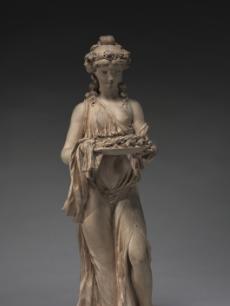
Terminus, the Device of Erasmus
c. 1532
Hans Holbein the Younger
(German, active England and Switzerland, 1497/98–1543)
Germany, 16th century
Videos
Terminus, the God of Boundaries
Who is Erasmus?
The Artist, Hans Holbein
It's Emblematic!
Branding Then and Now
See Also
Visually Similar Artworks
Contact us
The information about this object, including provenance, may not be currently accurate. If you notice a mistake or have additional information about this object, please email collectionsdata@clevelandart.org.
To request more information about this object, study images, or bibliography, contact the Ingalls Library Reference Desk.
All images and data available through Open Access can be downloaded for free. For images not available through Open Access, a detail image, or any image with a color bar, request a digital file from Image Services.




